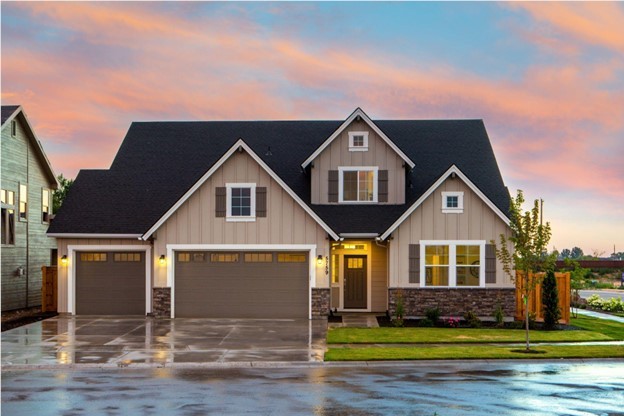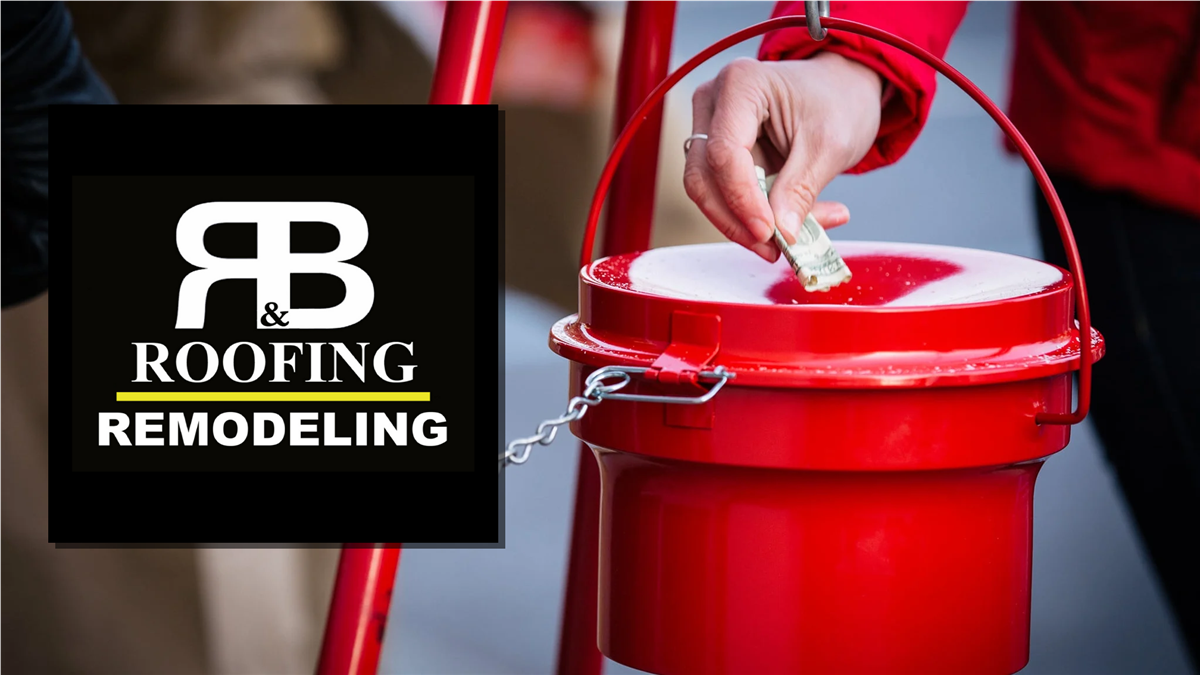Watching a movie in a dark room with other people is an experience that is intimate, scary, happy and all the emotions in between. You can laugh or cry in unison with the crowd, but it’s also easy for you to imagine being alone in the dark as the story unfolds – just for you.
We live in a fast-paced world where change is constant. It can give someone a sense of loneliness and that is why it is more important than ever to focus on ways to come together and celebrate life – even if for a few hours out of the week.
The convenience to watch movies when and where we want is a luxury that we take for granted. That is because we live in a digital age of Netflix and internet streaming. It’s now easier than ever to forget what a rare experience it was for Americans to go to the movie theaters just a little over 100-years ago.
June 19th, 1905, the first public movie theater opened in the Pittsburgh Pennsylvania.
The first ever theater was owned by John and Harry Davis. They borrowed from the ancient Greek language and good ole’ English. They named it The Nickelodeon.
- Greek Word “Odeon” means Theater
- It cost a “Nickel” for admission
The Nickelodeon had dark rooms where stories were played out in front of audiences. A light would emit against a white sheet and images using shadows and movement were used to tell stories. The shows would last 15-20 minutes and were considered a cultural phenomenon in an era where that type of entertainment had not yet been seen.
These silent movies were such a big success that it led to a huge expansion of cinemas across the United States. This is what birthed the film industry we know of today.
From 1920-1940, movies went from being black and white to full color – followed by the growth of drive-in cinemas.
Then there was the production of 3D films and the construction large multiplexes and megaplexes. Theaters have grown not only in size, but also in the number of services provided to patrons. They included the typical movie theater snack – popcorn – and other concessions, air-conditioned rooms, specially designed chairs, and ornate interiors to attract customers while enhancing the cinema experience.
WATCH ONE OF THE FIRST MOVIES TO PLAY IN NICKELODEON MOVIE THEATERS ACROSS THE UNITED STATES
In 2020, modern movie cinemas faced financial hardship during COVID-19. With pressure from government to close theaters, the rise of inflation and online-streaming services, modern theaters faced near extinction.
With the study of “oversaturation of media” and how it is shrinking people’s attention spans. Although the amount of information at our fingertips provides more opportunities to multi-task, or direct our attention on multiple things, but our ability to focus is shrinking.
Researchers used a variety of sources to track trends in media consumption and collective attention, including social media data, Google Books login logs, and movie ticket sales, to form their conclusion.
In recent decades, the world has become increasingly interconnected. This means that the volume of content increases, which drains our attention, and our need for “novelty” makes us collectively move from one topic to another faster.
WHAT DOES THIS MEAN FOR MOVIE THEATERS?
Movies are made to be 2-3 hours long on average. Not everyone has the time, luxury, patience, or willingness to
travel to a building and sit down and enjoy a movie. With the convenience of having online streaming, we can watch our movies in the comfort of our living room. Entertainment at home gives us the luxury of multitasking and easily switching between different viewing options at our convenience.
In response to this cultural shift, streaming services such as Netflix, Hulu and Amazon Prime Video have exploded in popularity over the past two decades. Many other streaming services such as NBC’s Disney+, HBO Max, Apple TV+ and Peacock are trying to follow in their footsteps. While most movie theaters across the country have shut down, Netflix has been largely unaffected by recent social and economic changes.
As the economy continues to change and adapt, we hope there will always be a place where people can put their daily worries aside, sit quietly among strangers, and enjoy the wonders of cinematic storytelling.
Because of COVID-19 many studios pushed back their high-profile 2020 releases to 2021 or later.
Several open theaters are underutilized, and several chains, such as AMC Theaters, are in danger of bankruptcy. Other chains such as Regal Cinemas have closed theaters in an unpredictable future. But not all hope for the future of cinema is lost.
Xscape Theaters is an example of a success story in the movie theater industry. They adapted to the COVID-19 environment and found a way to succeed. They are now thriving and opening locations across Kentuckiana.
Subscribe to R&B Roofing & Remodeling's Blog





Comments